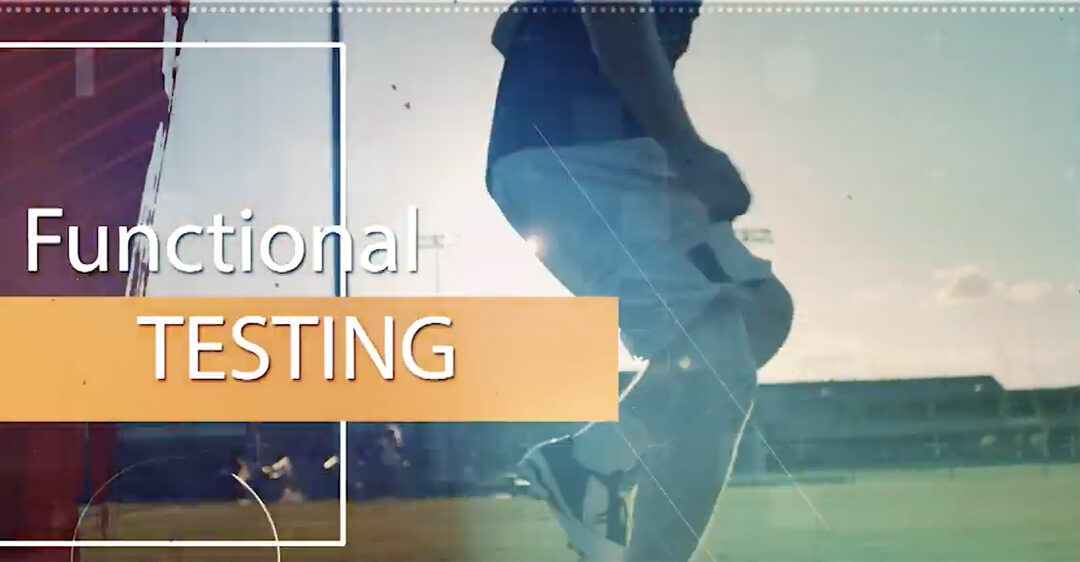
Overuse, Overtraining and Burnout: Here’s a Breakdown
What they do have in common is that they are red flags and each needs to be addressed with equal attention. Unfortunately, though one does not always cause the other, an athlete may experience more than one of these because they are related.
Here is a quick description of each:
- Overuse (Injuries) occur when a body part gets worn out or injured because a motion is repeated over and over without adequate rest and recovery. This happens in many sports, but common examples include knee pain in sports that involve running and jumping, such as soccer or basketball, and shoulder and elbow injuries in sports that involve throwing or overhead activity such as volleyball or baseball. In young and growing athletes, the growth plates are particularly vulnerable to overuse injuries.
- Overtraining occurs when a high volume or high intensity of training causes a decline in athletic performance. This may occur during regular training, pre-season intensive training, or during high volume competition such as tournaments or post-season playoffs.
- Burnout occurs when an athlete experiences internal or external pressures that outweigh their motivation to participate. This causes athletes to no longer enjoy participating in their sport, reduces their commitment to training and, in some cases, causes them to quit a sport completely.
Miller warns coaches and parents to be on the lookout for signs and symptoms of these problems in young athletes. Though the list is long, here are a few things to watch for:
- A sudden or gradual worsening in performance or disinterest in participating in practice or competition.
- Complaints of pain during or after activity.
- An expression of a desire to quit.
“If we can stay ahead of these things, we are much more likely to keep children and adolescents involved in sports longer, allowing them to benefit physically, socially and mentally,” says Miller.
Learn more about pediatric sports medicine.


